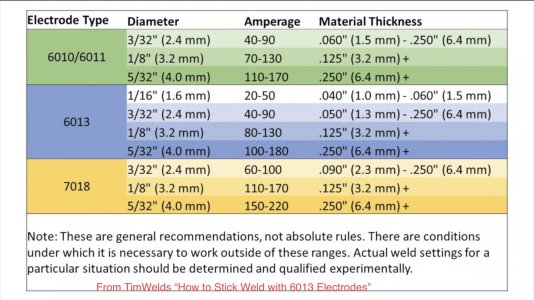Yes, the 1/4” is heavy duty, but it was available at a competitive price. And I thought it would be less likely for me to blow holes in it.I wonder if 1/4" thick material is necessary for your stand? Sounds heavy duty.
Thank’s for the photos! Your stand is exactly the same concept as mine!I meant to post a photo for your reference in your other thread. Sorry for not doing that sooner.
I was thinking of painting mine red but now… I’ll have to pick something different- LOL.

